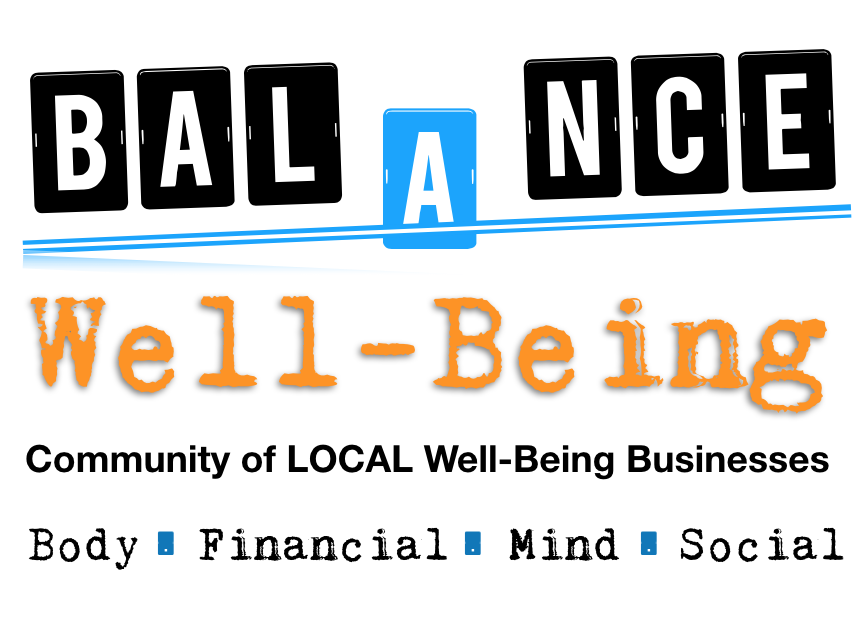 Courtney Kafka strums the body electric, to borrow from Walt Whitman’s famous poem. For Courtney and her clients, however, the song of the body can be discordant or staccato when afflicted by injury, stress, or other imbalances in life. The owner of GPS Fitness, Courtney practices Bowen Therapy, a modality of treatment developed in Australia in the 1950s and now practiced in 40 countries around the globe.
Courtney Kafka strums the body electric, to borrow from Walt Whitman’s famous poem. For Courtney and her clients, however, the song of the body can be discordant or staccato when afflicted by injury, stress, or other imbalances in life. The owner of GPS Fitness, Courtney practices Bowen Therapy, a modality of treatment developed in Australia in the 1950s and now practiced in 40 countries around the globe.
Bowen Therapy is unique in the world of body work in that it doesn’t use strong force or rubbing. Rather, Courtney gently “plucks” the tendons, ligaments, and muscles like guitar strings, and then pauses so that they can communicate with the brain. By slowly pushing and pulling these soft tissues, she helps to create a vibrational conversation between problem patterns and the neurological system, releasing tension, realigning joints, and reestablishing harmonious flow within the body, both energetically and physiologically. The health effects can be far-reaching, from managing pain to addressing fertility issues, for everyone from newborns to the elderly. Call it the search for the perfect body rhythm!
Courtney understands the struggle to achieve mellifluous inner music from years of experience with her own injuries and imbalances. After suffering a childhood bike accident, she began receiving Bowen treatments. Years later, as a personal trainer in Vancouver, she suffered myofascial constriction and pain in her back so severe that it restricted her ability to work, sent her back to Bowen Therapy, and inspired her to become a practitioner herself.
You’ve had a long relationship with Bowen Therapy. How did you discover this modality, and what impressed you about your first treatment experiences?
My first experience with Bowen Therapy was in my hometown of Dawson Creek. Someone I knew suggested I go to see this lady because I had been experiencing pelvic and tailbone issues and no one seemed to be able to get to the bottom of it. I walked in at the end of December, maybe 2011 or 2012, and made my first appointment for the start of the new year. The lady sat down and explained what she did. She was an NST practitioner, which his very similar to Bowen Therapy, but the training is in Germany.
She did a few moves on my lower back and hips. After she left the room, I just felt my muscles sigh. When she came back in and asked how I was feeling, I described exactly that to her. I had never felt such relief. From then on, I was hooked. Nothing else I had done had shifted my system so quickly.
When we moved to Langley in 2013, I couldn’t find another NST practitioner, but I did find a Bowen Therapist in the area, and so I started seeing her after my right hip started bothering me. Again, I had amazing results! And then I asked her to work on my husband’s shoulder, which had seized up to the point where he couldn’t work. He responded really well, too.
I love your guitar metaphor. Explain how the vibrational conversation works between damaged tissue and the neurological system.
Everything functions by the brain. So if you experience pain somewhere, it’s your nervous system, which is connected to your brain, telling your brain it hurts. When you experience damage to an area, whether it’s a pulled muscle or torn ligament, the “vibration” from the Bowen move is simply stimulus for the brain. Then the brain says, “Oh, hey, I’m getting a frenzy of communication over here. What’s going on?” Sometimes, the damaged area can take a lot longer to respond and in a different way than expected.
How does treatment begin when someone comes to you? And how does your experience as a personal trainer help you in your work?
Treatment begins with an intake form. I need to know why a person is seeing me, so there are a lot of questions. If there is a range-of-motion issue, I also do a physical assessment. As a personal trainer I was deeply immersed in learning how muscles work. For example, when you bend down to pick up that box and stand back up and immediately feel a twinge, what muscles were you using? I also provide clients with stretches and suggestions for ways to change how they do something. The skills I learned as a personal trainer are absolutely compatible and useful with Bowen Therapy.
Bowen Therapy can address a vast array of ailments, a reminder of the interconnected nature of the human body. What is one of the most interesting connections or effects of Bowen you’ve seen?
The most dramatic effect of Bowen I’ve seen was after working with a lady at the Mountain Spirit Festival out in Sun Peaks. She came to me with a diagnosis of scoliosis. I did a few things for her. Then I couldn’t believe my eyes: as she sat up, her body was still shifting. It was visible. I wish I had taken a picture, because it was mind-boggling how quickly her body responded and how different she looked afterward.
The pandemic has had profound effects on us physically and mentally. What are some of the challenges you’ve noticed during this time?
As a Bowen Therapist, I’m seeing two rally big problems.
One is that when people are extremely stressed and get stuck in that heightened state, they stay there. Their nervous systems become stuck in fight-or-flight mode. I see a lot of sleep issues, digestion issues, and increased pain levels. This means teaching clients simple skills like box breathing, journaling, and ways to help calm their nervous system.
The second problem I’m finding is that an hour-long appointment sometimes is just not long enough to teach people how to create mechanisms to help their nervous system, allow them to sleep, or calm their panic attacks — or to empower them with tools to face everyday life. I am not a counsellor, but Bowen Therapy is about treating the whole person, not just the one issue they came to see me about. You would be surprised just how interconnected everything is to what they are dealing with.
My personal gripe for a many years has been that our health care system is far too siloed. So I love that you work with other practitioners and offer Bowen training for them. How does this collaboration work?
Collaboration always starts with education. Do most practitioners know about Bowen Therapy? Not usually. Do they know how Bowen Therapy can complement how they treat their clients and patients? No.
And ideal collaboration is having a working relationship with other practitioners in the area — like being able to work in conjunction with, say, a counsellor. If I am working with a client who has a lot of trauma to process and Bowen Therapy relaxes their nervous system enough, they begin to feel safe to talk about the trauma or may need someone to talk to. I want to be able to say, “I know a great counsellor. I will give you their info and let them know you are coming.” That way the client gets the support they need.
Likewise, maybe a counsellor is working with someone who is dealing with a lot of physical pain from an injury. They can say, “I know this Bowen Therapist who can help you get some of the pain under control.” Again, the client has the full support they need for both physical and mental issues. Collaboration is really a give-give relationship. Who in your network is the best for helping that client where they are at?
Most people have no idea they can or should be working with a team of practitioners. Most of the time they are totally on their own, trying to figure out who they should see and for what. Eventually it would awesome to see a fully collaborative support model between practitioners.
Tell us something about yourself that most wouldn’t know — a fun fact, interesting perspective, or engaging story.
A fun fact about me is that I am an extreme problem solver. I can solve a problem all right, and usually I come up with a pretty wild solution! Don’t worry, though, this applies only to my own life, not to other people’s lives.
Here is a classic example of my extreme problem-solver ability.…
I can’t stand the cold. I grew up and got married in Dawson Creek, which is cold, always cold. Even the summers can be cool. And Dawson Creek has a special kind of cold. It can hit minus 45 or 50.
After living there for 25 years, and spending Christmas in the States, I sat down with my husband and said rather emphatically that I had had enough of Dawson Creek and would like to move to Abbotsford. Neither of us really knew anyone down there. I have a few relatives, but none I could rely on. My husband also has family there, but no one we could rely on.
It took him a week or so before he decided, to my surprise, that he was okay with moving down there. We sold or got rid of just about everything we owned, keeping just enough to fit into a 20-foot U-Haul, and headed down to a small, ground-level unit in Langley. Our first winter was magnificent because it rained more than it snowed!
Now, I do prefer rain over snow, but this year it has rained way too much!
1-236-999-3854
Tom Kernaghan, owner of Oak Writer
I write stories about people, businesses, and communities so that people will remember what makes them uniquely powerful.
Tell me your story!
(250) 863-6297
oakwriter.com

